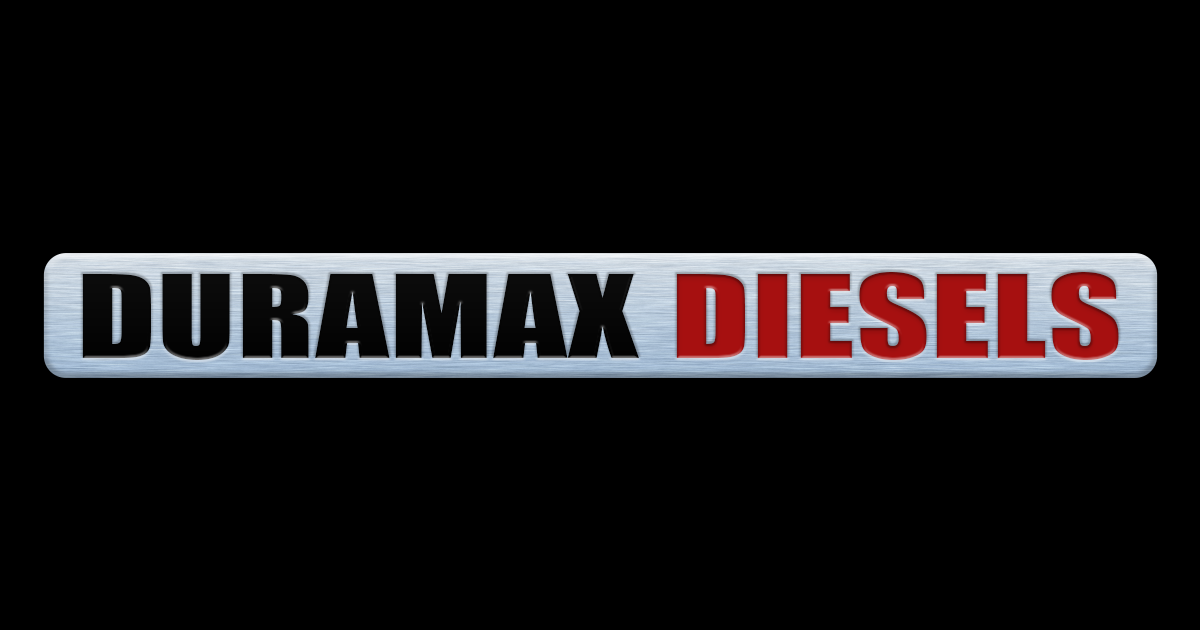I'm going a little off topic here, but it was some of your old posts that inspired me to really dig into how all the defuel tables work in the ECM. Long story short, I think I've pretty much figured it all out (and concur with your excellent summary here). And in order for it to shift (mostly) like stock, the sum of the TBIQ, TLIQ, and Base Torque tables in the ECM have to match the Torque Limits table in the TCM. Typically, tuners make fairly drastic changes to the TBIQ table, and then either no changes to the other two, or changes that amount to throwing darts blindfolded. Outside of getting lucky, this will screw up the defuel on the shifts (which is what I suspect the OP's problem is).Once again I think you misunderstood Brad. the 6000 rpm shift is what he is referring to when he says "as to when they occur". we are not referring to the quality or fractions of a second in changes to the shift because defueling is off or there is something going on with throttle. the TCM is just looking at the data and using it's tables to make a shift. if the data doesn't match what the TCM is expecting then it will use the wrong section of the table to calculate the on and off times, pressure, etc for the shift and that is when we get bad shifts.
as far as I know. there is no command or instruction or otherwise that comes from the ECM to manage or control when a shift will or should occur. this is all in the TCM
as far as order of operations. I think it's something like this: the ECM is continuously broadcasting over the data lines the throttle position and maybe the MPH but I think the TCM can calculate that too from it's own sensors and tables.
the TCM only needs throttle position for stand alone use so I don't think there is any other information sent from the ECM to the TCM needed for shift.
then the TCM watches the throttle and MPH. if the vehicle crosses the threshold above or below the up or downshift then the TCM checks its tables for calculated torque, RPM, clutch pressure and other metrics.
the TCM then sends a message to the ECM that a shift is about to happen (or is happening) and reduce fueling to the shift level amount.
the ECM will then look up it's defuel table and see what the mm3 should be and drops the fueling to this level. I don't know if there is any kind of message to the TCM to let it know that it has reduced the fuel as requested by the TCM.
the TCM then shifts and the ECM restores the fueling as it's non defuel tables indicate.
the TCM during a defuel shift event is expecting a certain amount of fuel or torque from the engine when it is going to perform a shift. the TCM has a set of tables that are supposed to be expected values that the ECM is going to deliver. when that table doesn't match what it's actually getting then the shifts suffer as the TCM is trying to manage applying a clutch with a certain amount of smoothness or RPM change. but when it doesn't see the expected smoothness it will increase or decrease the pressure to try and achieve that. sometimes the values fall outside it's tables or algorithm then the TCM can't adapt and the bad shifts never go away
I made a monster Excel sheet with all sorts of interpolations and V-Lookup craziness that will automatically calculate the Base Torque and TLIQ tables given the inputs of the TBIQ and Torque Limits tables. It matches everything up to how GM originally configured them (given the changes). In my limited and relatively mild tuning on my own truck, it works quite well. I've been meaning for months to do some more polishing, some more testing, and eventually post it up for others to see, test, and critique. Just haven't had the time.
The only thing I've never figured out is how to change the amount of defuel the TCM requests. Doing it the way my calculator does, it essentially only matches the stock requested reduction. There's no way to explicitly command more or less, and you've therefore got to manipulate the TLIQ and BT tables to do so. That could probably also be automated / calculated, but I haven't gotten around to trying that. There's surely a table in the TCM that controls this, it just isn't mapped in EFI Live.
100%!!!!....I have seen several different BIG name tuners' ecm files cause un-needed clutch wear, lockup issues, and fubar the trans with a standard reputable build or stock, and stock tcm files.
I had (emphasis 'had') a stock-trans-safe tune from a VERY well-known and 'reputable' tuner, probably one of the top 3 at that point in time. On the whole it was fine; made decent power, wasn't smokey or laggy, good fuel mileage, etc. Light throttle shifts were fine, WOT shifts were fine, but the medium-heavy throttle shifts flared something terrible. After logging it, the reason was obvious: the "requested torque reduction" would be positive, but the actual fueling would increase (in some situations, a LOT). It did this at low throttle positions as well, but the magnitude was small enough that you couldn't feel it. In the interest of keeping the trans together, I elected to discard their tune and write my own.
So in other words, this "big name reputable tuner" that claimed to have tuned many thousands of trucks, and actually was pretty decent at strictly the engine tuning....had absolutely no idea how the defueling worked on a rather simple LB7 calibration. And likely did nothing more than some 'guessing-and-checking' on the TLIQ and BT tables to get it kinda close at WOT.....



